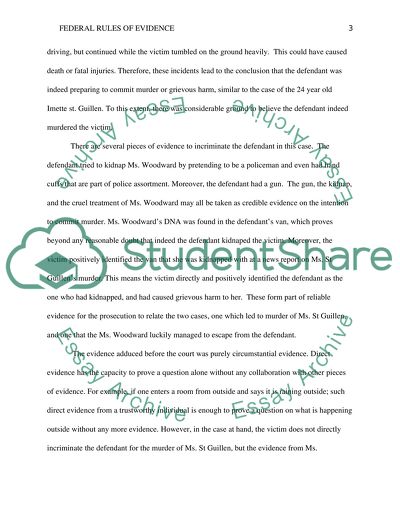Cite this document
(“Federal Rules of Evidence Article Example | Topics and Well Written Essays - 1000 words”, n.d.)
Retrieved from https://studentshare.org/law/1618345-witness-tells-of-escaping-kidnapping-by-defendant
Retrieved from https://studentshare.org/law/1618345-witness-tells-of-escaping-kidnapping-by-defendant
(Federal Rules of Evidence Article Example | Topics and Well Written Essays - 1000 Words)
https://studentshare.org/law/1618345-witness-tells-of-escaping-kidnapping-by-defendant.
https://studentshare.org/law/1618345-witness-tells-of-escaping-kidnapping-by-defendant.
“Federal Rules of Evidence Article Example | Topics and Well Written Essays - 1000 Words”, n.d. https://studentshare.org/law/1618345-witness-tells-of-escaping-kidnapping-by-defendant.


